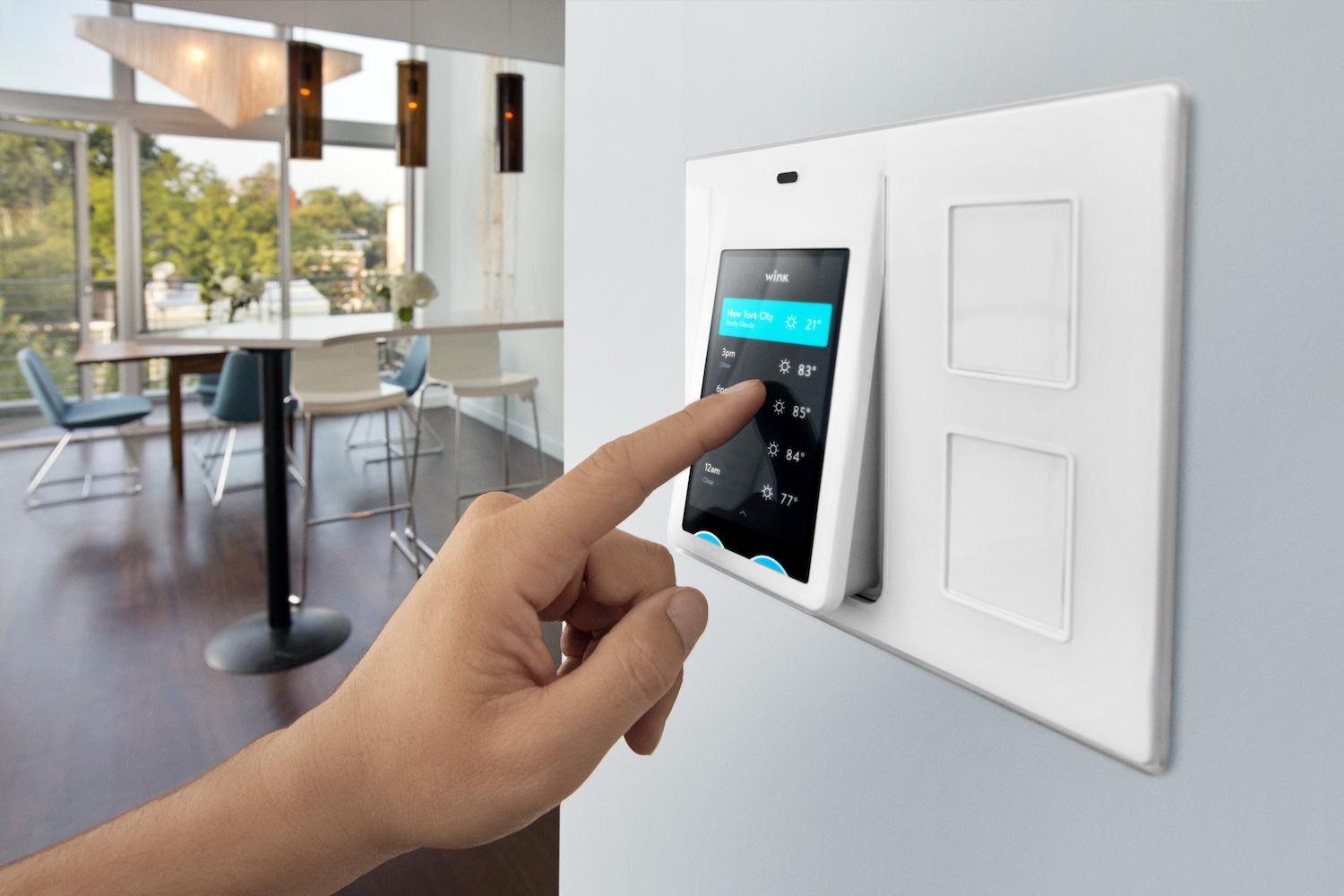This article is based on a panel discussion that happened on the 13th of January at India Electronics Week 2016.
Panel Discussion: Solving Imaging Challenges for Smart Home Market
Moderator: T. Anand, Founder and Managing Director, KNEWRON Technologies
Panellists:
Yuping Tseng, Chief Technology Officer, ThroughTek Co., Ltd.
Maheen Rasheed, Senior R&D Officer, Mediatronix Pvt. Ltd.
Pankaj Vyas, Managing Director and Vice President, GainSpan Systems India Pvt. Ltd.
Mr. Sarath Chandra, Program Manager and Product Manager, Omnivision Semiconductor and Technologies
Security surveillance for homes is of utmost importance. The implementation of such an imaging system makes it easier to keep of track of visitors and helps to ensure high levels of security. For such systems, using Internet of Things (IoT) comes with quite a few challenges. To address these challenges, it is essential to understand the structure and functioning of an imaging system.
Basic building blocks of an imaging system
An imaging system consists of an image capture section, that captures the light falling on the sensor. The processing section takes the sensor output and processes it using the video codec section (which will encode or decode the video). This information is then transmitted through Wi-Fi, LAN (Local Area Network), or RF (Radio Frequency) to the required system. There is also an image storage section which stores the video footage.
Challenges faced during imaging system development
The image sensors produce raw output that cannot be understood by the human eye. The data needs to be properly processed to make it viewable. From a developer’s point of view, there are some challenges at this stage. They do not get adequate ISP (Image Signal Processing) support. Support for the drivers is also required, because all image sensors aren’t integrated on all application platforms. Developers need to make sure that the application platform supports the device sensor interface.
Connectivity is also a big challenge that needs to be overcome. The data from the imaging system needs needs to be accessed easily by a phone, tablet, or desktop – a person who does not have the know-how to configure the system network should still be able to access the device. If the data is in video format, it needs to be compressed properly, otherwise a lot of time and money will be wasted on network bandwidth cost. From a hardware point of view, there needs to be a balance between cost and reliability. India does not manufacture most of the electronic components that are needed for such systems. So while importing components, the cost of the product goes up. If cheaper components are used, the problem of reliability comes up.
Another challenge that is faced by low-volume manufacturers is the issue of aesthetics. It is quite difficult to bring out products that are ergonomically beautiful without affecting the retail price of the product.












